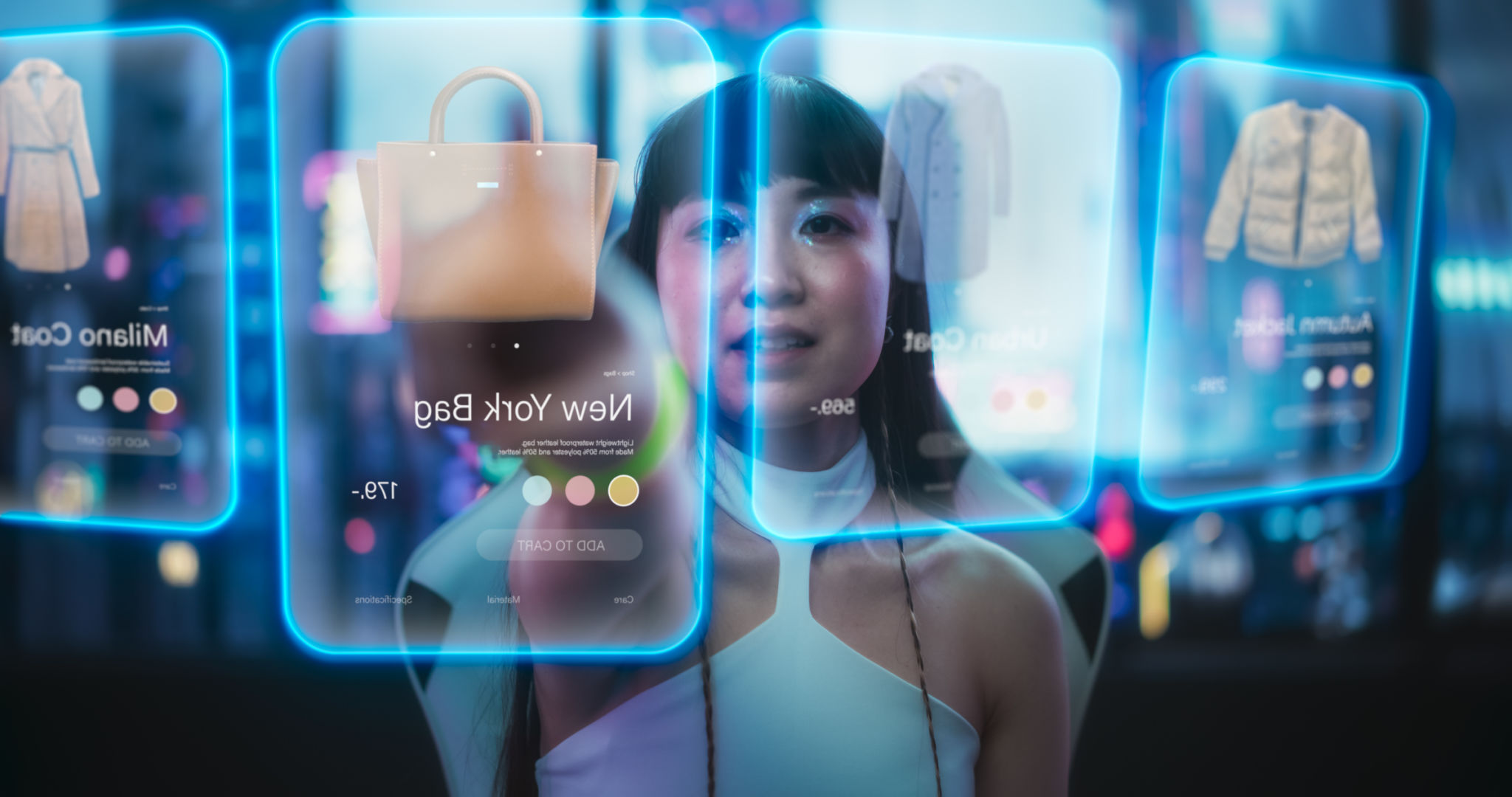Interactive Shopping: Enhancing Customer Experience with Virtual Try-Ons
The Rise of Interactive Shopping
In the digital age, the retail landscape is undergoing a profound transformation. As e-commerce continues to grow, so does the demand for innovative technologies that enhance the online shopping experience. One such innovation is interactive shopping, particularly through the use of virtual try-ons. This technology allows customers to 'try on' products virtually, bridging the gap between online and in-store shopping experiences.
Interactive shopping has gained significant traction, offering a personalized and engaging experience that traditional online shopping often lacks. By leveraging augmented reality (AR) and artificial intelligence (AI), retailers can now provide customers with a more immersive and satisfying shopping journey.

How Virtual Try-Ons Work
Virtual try-ons use AR technology to overlay digital images onto real-world environments. Customers can use their smartphones or computers to see how a product looks on them without physically trying it on. This is particularly popular in fashion and beauty industries, where customers can visualize clothing, accessories, or makeup in real-time.
The process is simple: a customer selects a product they are interested in, activates the virtual try-on feature, and uses their device's camera to see a real-time overlay of the product. The technology is continuously improving, with many platforms offering highly accurate representations that take into account different angles, lighting, and skin tones.
Benefits for Retailers and Consumers
For retailers, virtual try-ons offer several advantages. They can reduce return rates by allowing customers to make more informed purchasing decisions. This technology also increases engagement by providing a fun and interactive element to the shopping experience. Customers are more likely to spend time on a retailer's platform if it offers unique features like virtual try-ons.
Consumers benefit significantly from this technology as well. It eliminates the uncertainty of shopping for products online, helping customers feel more confident in their purchases. Additionally, it offers convenience, allowing shoppers to try on multiple items quickly and easily from their own homes.

Enhancing Personalization
One of the key strengths of virtual try-ons is their ability to enhance personalization. Retailers can use data gathered from these interactions to offer tailored recommendations based on individual preferences and past behaviors. This personalized approach can lead to higher customer satisfaction and loyalty.
Moreover, virtual try-ons can empower customers by providing them with the tools to make choices that best suit their style and needs. By offering a more customized shopping experience, brands can build stronger relationships with their audience.
The Future of Interactive Shopping
The future of interactive shopping looks promising as technology continues to evolve. With advancements in AR and AI, virtual try-ons will become even more sophisticated and accessible. This will likely expand beyond fashion and beauty into other sectors like home decor and automotive industries.

As more retailers adopt this technology, we can expect a significant shift in consumer expectations. Shoppers will increasingly demand more interactive and engaging experiences, pushing brands to innovate continuously. The integration of virtual try-ons with other emerging technologies, such as virtual reality (VR), could further revolutionize how we shop online.
In conclusion, interactive shopping through virtual try-ons is not just a trend but a powerful tool reshaping the retail industry. By enhancing customer experience and offering new levels of convenience and personalization, this technology holds the potential to transform how we shop in the digital realm.
